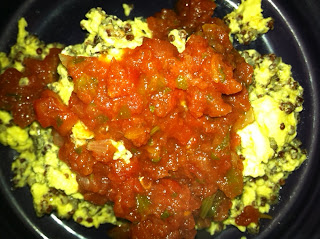You can find chia seeds in grocery and health food stores. "Chia Heads," such as the Obama Chia have been popular for decades.
Chia seeds are an ancient food, used by Aztecs, Mayans and a myriad other Central and South American groups. They are a complete protein and an excellent source of omega-3 fatty acids, fiber, calcium, copper, magnesium, manganese, niacin, phosphorus, zinc. Water-soaked seeds are easly to digest. |
|
 |
| Dry seeds |
 |
| After the seeds sit in water a few minutes, they develop into a gelatinous texture |
Because chia seeds form a gel coating after soaking in water (or after you drink water while eating dry seeds), they make one feel full and are a good food for dieters. Chia seeds also slow your body's conversion of starches into sugars, slow digestion and maintain balanced blood sugar levels, making the seeds a desirable food for diabetics.
Tarahumaras of Mexico are known as ultra-distance runners and, they regularly consume chia seeds. Because chia seeds prolong hydration, help the body to retain electrolytes, and slow the conversion of carbohydrates into sugar, endurance athletes have taken to adding chia seeds to their diets in a variety of ways. Some runners put chia seeds in their water bottles.
 |
| Add chia seeds to pancake batter--here with blueberries |
 |
| Chia seeds in scrambled eggs and topped with corn and tomato salsa |
 |
| Chia seeds in the blender along with banana, strawberries, blueberries and mango for a smoothie |
 |
| All mixed up |
We keep a bag of chia handy in the kitchen and add it to oatmeal, mix it with quinoa, and yogurt. We rarely cook muffins or bread, but I have put it in cornbread and it works well.
 |
| Chia in slow-cooked oats with cranberries. |













